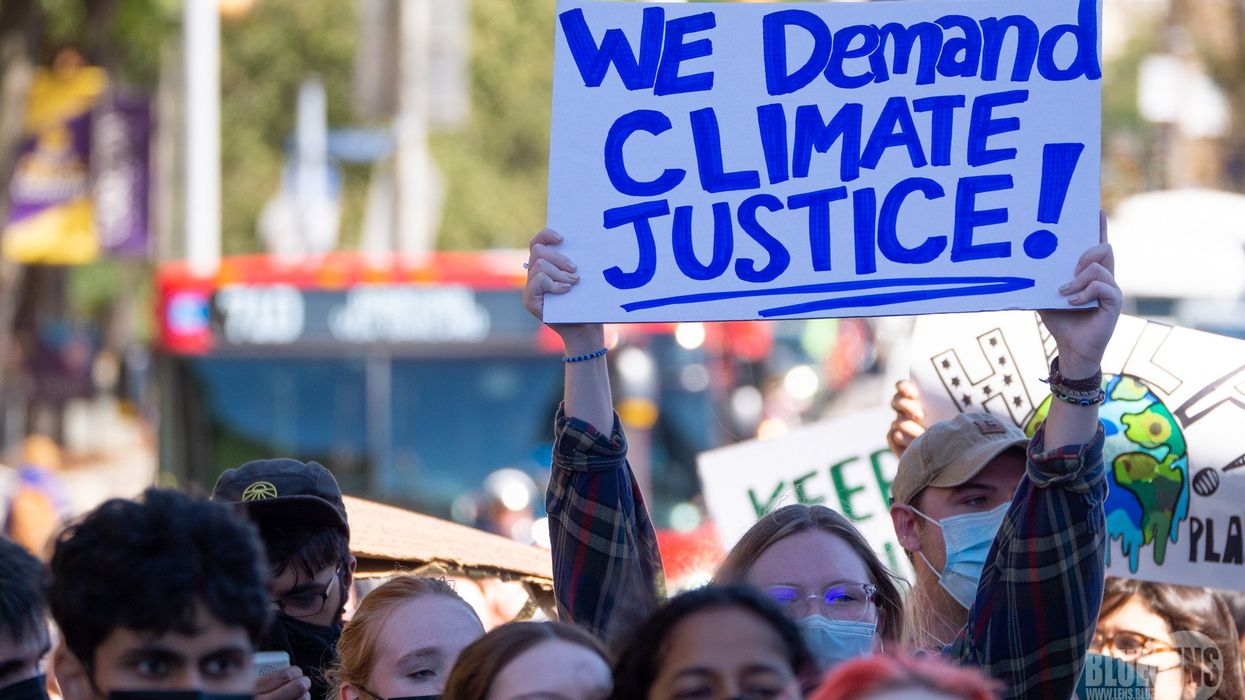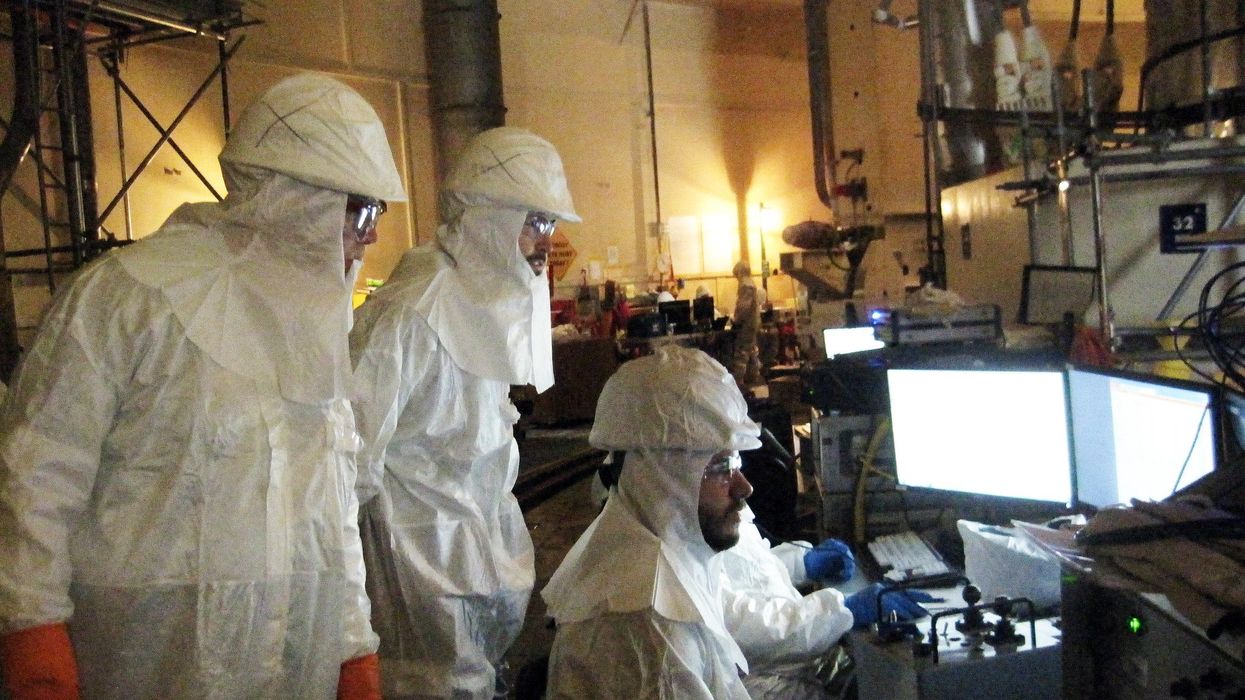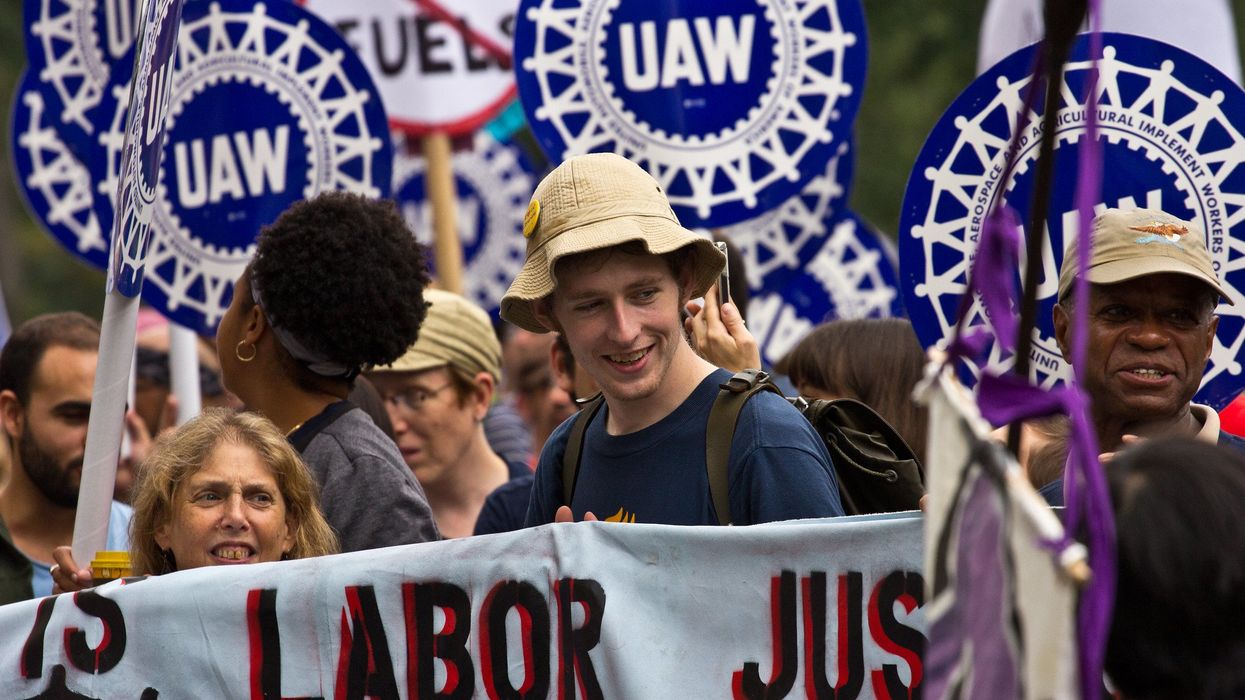
I have always tried to avoid conflict. This stems from belonging to Kashmir, the northernmost region of the Indian subcontinent.
Once described as “heaven on earth” by Persian poet Amir Khusrau, it has become one of the world’s most militarized zones, rife with conflict for decades. I was born to Kashmiri Pandits – Indians who were refugees in their own country – because of regional and religious militancy. They told me how our community was forced to flee the place before I was born, and that left me with a sense of being disconnected from a home I never knew. However, my parents’ story was not enough for me. I was constantly trying to learn more about the multiple other perspectives on Kashmir, curious to understand the intractable nature of the conflict. Vested political interests, religious zealots, regional political actors, national governments and even international agencies, everyone has somehow affected and been affected by Kashmir.
To read a version of this story in Spanish click here. Haz clic aquí para leer este reportaje en español.
This convoluted history has always pained and terrified me, so, besides my research on it, I sought to stay far away from it. I avoided debates and chose to pursue my graduate studies in a discipline and place far removed from Kashmir and its complexities: energy policy in the U.S.
But the complexities found me. Working on energy transition issues, I saw the same dichotomous perspectives on justice between groups that see each other as the problem. Globally, 5.5 million fossil fuel jobs, with 1.7 million of them in the U.S., could be displaced due to the energy transition by 2030. As a result, labor unions and coal-producing communities demand provisions such as worker rehabilitation through retraining and certification programs, wage replacement, early retirements, educational funding for displaced workers’ children and grants to help impacted communities to replace revenues lost due to coal closures. Meanwhile, environmentalists and environmental justice organizations tend to view these provisions as slowing the transition, affecting environmental and climate justice goals. It’s the same zero-sum games, the same breakdown of communication between opposing perspectives and the same absence of holistic solutions.
This contentious relationship has defined the energy transition. However, there’s a different way to look at things. The energy transition offers both environmental justice organizations and unions an opportunity to build a pipeline for clean energy jobs. The International Labor Organization estimates about 13.3 million new jobs will be created by 2030 thanks to the energy transition, as well as new revenue and reduced pollution.
It’s the same zero-sum games, the same breakdown of communication between opposing perspectives and the same absence of holistic solutions.
Some groups are choosing to repair broken lines of communication and visualize the transition for its true potential to mitigate climate change – the common enemy. Even in the face of energy legislation that has sloppily missed this opportunity, I believe there is room to reconcile dichotomous perspectives. I’ve learned that conflict and thus justice is neither black nor white. If my belonging to Kashmir has taught me anything, it is that conflict is not gray either, but rather an intricate tapestry of multiple colors and fabrics interwoven to create an indiscernible blend.
The growing rift between union and environmental justice advocates

In 2019, New York passed the Climate Leadership and Community Protection Act. Guided by the environmental coalition NY-Renews, the act was seen as an example of how to include environmental justice in climate legislation. I wanted to understand how New York got there. But the deeper I dug, the more I realized the law largely lacks language on just transition provisions for existing fossil fuel workers, which in New York comprises about 53,000 people.
The more I looked into the two sides of the transition story in New York, the more I felt the same sense of restless curiosity that I had felt in seeking the other side of the Kashmir story. Over a year, I spoke with over 42 environmental and union leaders and members across New York and Illinois. I found bitterness on both sides. Labor union members described feeling excluded by environmental justice organizations, while the latter claimed that unions chose to focus on other political priorities and negotiated themselves out of the law. However, the breakdown in the relationship was an outcome of a messy, complex history and hostility due to poor communication — incredibly reminiscent of conflicts like Kashmir.
Issues start at the root of how each group flourishes. Environmental organizations utilize voluntary membership and individual donations, which means that membership is unrestricted and somewhat separated from funding preoccupations. Labor unions, on the other hand, use dues-based membership and funding. The closure of fossil fuel plants that can disrupt their volume of membership and the money they receive in form of dues. For unions, cutting down jobs is an existential threat. As a result, they are afraid of changes. And fear leads to anger, impairing communication and worsening the rift between the two groups.
The more I looked into the two sides of the transition story in New York, the more I felt the same sense of restless curiosity that I had felt in seeking the other side of the Kashmir story.
To this, add a history of past collaborations which have been imbalanced and transactional. Environmental justice organizations hardly have as much political power and financial resources as labor unions do. In the past, environmental justice advocates told me, working with unions has led them feeling powerless, at the mercy of the unions’ political sway. They see unions as likely to sell out or negotiate their wins while abandoning environmental justice partners. As a result, suspiciousness has grown.
But mistrust is not the only problem. There are fundamental differences in educational backgrounds and lived experiences, which leads groups to have widely different perceptions of the energy transition. For union workers, who have lived experience with the energy system by having worked in mines, fracking wells and oil facilities, environmental justice organizations’ expectations for a swift energy transition are seen as unrealistic, and their dismissal of union concerns is seen as exclusionary. As a labor union member from New York explained, “We’ve been doing this work for 40 or 50 years, and we want to retain that, you know. And the other [perspective] is ‘well, I’ve studied this for 20 years, so I know all about it.’ […] It is completely different viewpoints.”
Labor groups perceive environmental justice as an elite movement, isolated and in opposition to blue-collar workers’ justice issues. They see themselves and their towns – where the economy runs as long as oil, gas or coal keeps flowing – as victims of the transition who need assistance and inclusion. Many environmental justice organizations, however, see the energy transition as a way for remediating historical injustices.
The closure of Indian Point, a point of inflection

In 2021, Indian Point, a nuclear facility in New York, was closed after decades of rallying cries from environmental organizations worried about radiation pollution and the endangerment of wildlife. For the workers, the shutdown was far from a win: around 1,000 employees lost their jobs, and it is estimated that the closure impacted the livelihoods of at least 5,000 people and $30 million in municipality tax revenue was lost. The lack of any just transition provisions also meant forced migration and drove some workers to commit suicide, according to interviews I conducted.
The lack of planning led to replacing Indian Point’s energy supply – which represented about 25% of New York City’s energy – by a natural gas plant, which only worsened the relationship between the two groups. Unions saw environmental justice organizations as hypocritical in advocating for the closure of Indian Point based on climate action, only to have it replaced by a more polluting source of energy.
Similar stories have repeated across the country. In the past, the closure of coal plants in Illinois impacted the tax revenue of school districts that were then forced to close elementary schools. By focusing solely on the pace of transition and thereby neglecting its ramifications, environmental justice organizations support a limited understanding of the energy transition. Through this perspective, sidelining union workers, who are also frontline victims of climate change, can create bigger injustices for communities that will bear the costs decades later.
In this tumultuous landscape, some environmental justice organizations have reflected on how they have unintentionally excluded the needs of union workers. “In order to transition workers from one sector, you have to create a plan that will allow for those workers to have sustainability afterwards,” one environmental justice organization that engages with the unions, referring to the closure of Indian Point, told me. “That’s the number one lesson to be learned.”
A new, interwoven future for a just energy transition

There are organizations changing this narrative. Based in Illinois, the Little Village Environmental Justice Organization has partnered with California-based Just Transition Alliance to develop a more holistic understanding of a just energy transition. They see the needs of the workers in fossil fuel plants as an important pillar of the energy transition. By considering fossil fuel workers as frontline victims of emissions from fossil fuel plants, unions become allies who also benefit from and need support to transition.
Unions are also rethinking their approach. The Climate Jobs National Resource Center was born in New York in 2017 as a labor-led coalition that works to combat climate change and create good union jobs in the energy transition. Working with Cornell University School of Industrial and Labor Relations, they’ve created offshoots across the country, with significant wins already under their belt: in Illinois they engaged with environmental justice groups to develop the Climate and Equitable Jobs Act (CEJA), which passed in 2021. The act contains just transition provisions such as worker retraining and education scholarships for children of displaced workers, as well as a pre-apprenticeship program to ensure members from environmental justice communities are trained and eventually offered secure union jobs – an environmental justice win that has boosted union membership. More recently, coalitions in New York like Building Decarbonization have successfully involved unions in climate action and improved communication between the two groups.
“We deliberately have focused on [finding common ground] and not a transactional [relationship]. This ultimately leads to being able to tackle other sticky issues,” one member of an environmental group in New York told me. “Building these alliances for the long term around solutions that we can all agree on, is the starting point.”
Like in Kashmir, in the U.S. energy policy landscape, the passage of time, combined with layers of hostility, has only worsened disputes. But not all conflicts are as complex and unsolvable as my home country’s, and I feel hopeful that the messiness of a just transition is far more nascent. Various bridge-building organizations are demonstrating there’s a path forward. While responding to climate change has created a much needed urgency, a perspective shift can help truly harness this moment’s transformational potential. The energy transition is not only a solution for addressing climate change, but also an opportunity to rebuild a more equitable world without creating future injustices.
This essay was produced through the Agents of Change in Environmental Justice fellowship, a partnership between Environmental Health News and Columbia University’s Mailman School of Public Health. Agents of Change empowers emerging leaders from historically excluded backgrounds in science and academia to reimagine solutions for a just and healthy planet.





